Are you curious about ancient civilizations and archaeological finds? Here are the archaeology museums you must see in Castile and León:
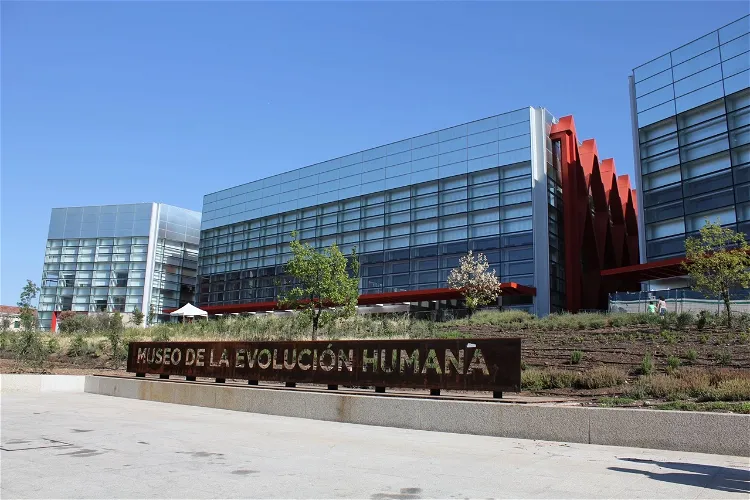
Museum of Human Evolution
BurgosThe Museum of Human Evolution is situated in the picturesque city of Burgos, Spain. It is nestled on the south bank of the river Arlanzón, providing a scenic backdrop for visitors. The museum's location is not only beautiful but also significant, as it is approximately 16 kilometers west of the Sierra de Atapuerca, a site known for some of the most important human fossil finds in the world.
Roman Museum of Astorga
AstorgaThe Roman Museum, situated in Astorga, Spain, is a significant historical site that offers a deep dive into the Roman history of the region. The museum is housed in the 'Roman Ergástula', a Roman-era construction that has been declared a National Historic Monument since 1951. This location adds a unique historical context to the museum, making it a fascinating destination for those interested in Roman history and architecture.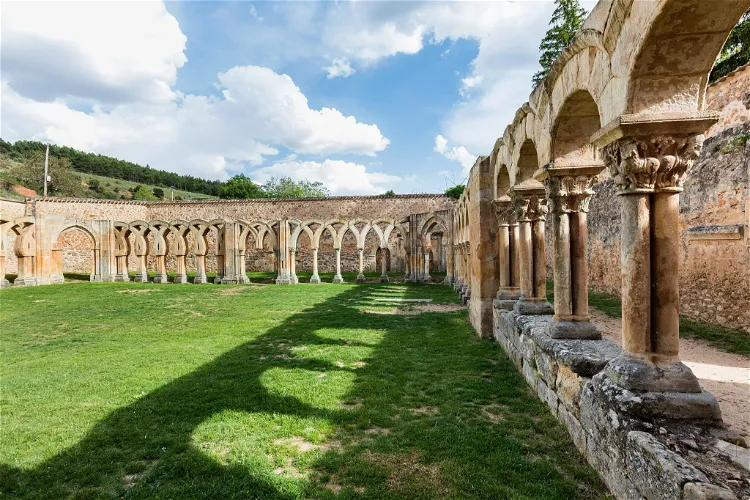
Monastery of San Juan de Duero
SoriaSan Juan de Duero, also known as Arcos de San Juan de Duero, is a significant site of Castilian Romanesque architecture. It is situated on the outskirts of the city of Soria, in the region of Castilla y León, Spain. This historical site serves as the Medieval Section of the Numantine Museum, offering visitors a glimpse into the architectural style and history of the period.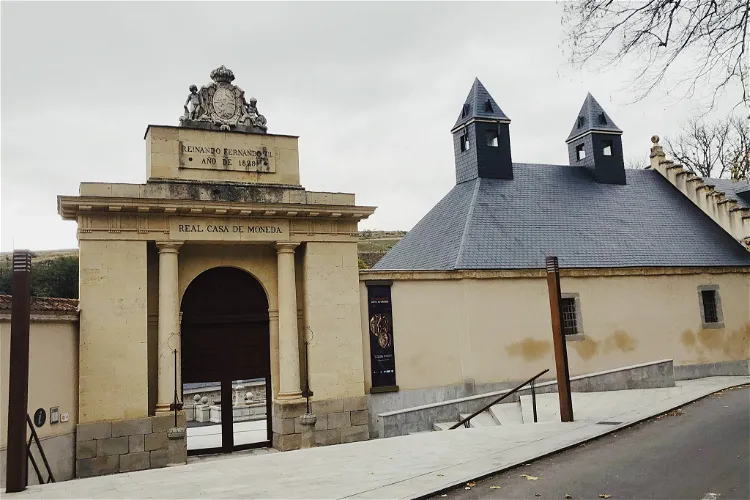
The Coining House
SegoviaThe Coining House, located in Segovia, Spain, is a historical site that dates back to the 1500s. It was once a royal mint, but today it serves as a museum. The museum is dedicated to showcasing coins, industrial heritage, and the famous aqueduct of Segovia. This provides a unique opportunity for tourists to delve into the rich history and culture of Spain.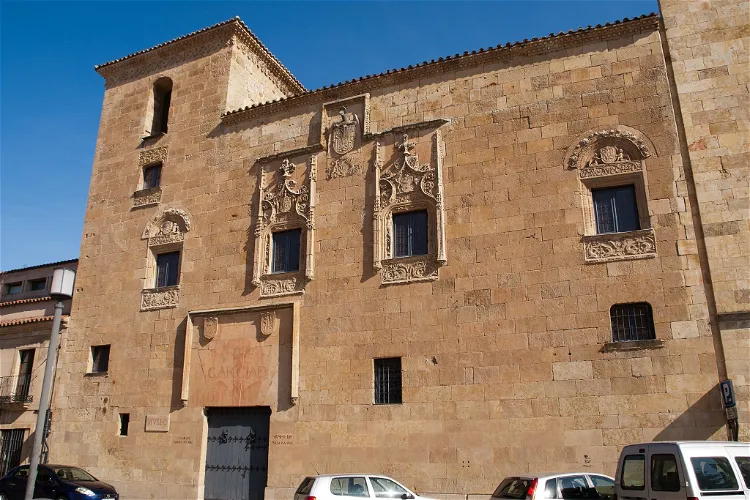
Museo de Salamanca (Casa de los Doctores de la Reina)
SalamancaThe Salamanca Museum, previously known as the Provincial Museum, has a rich history dating back to its establishment in 1835. Since 1947, it has been housed in the Casa de los Abarca, a former palace built in the late 15th century. This location adds to the museum's charm and historical significance.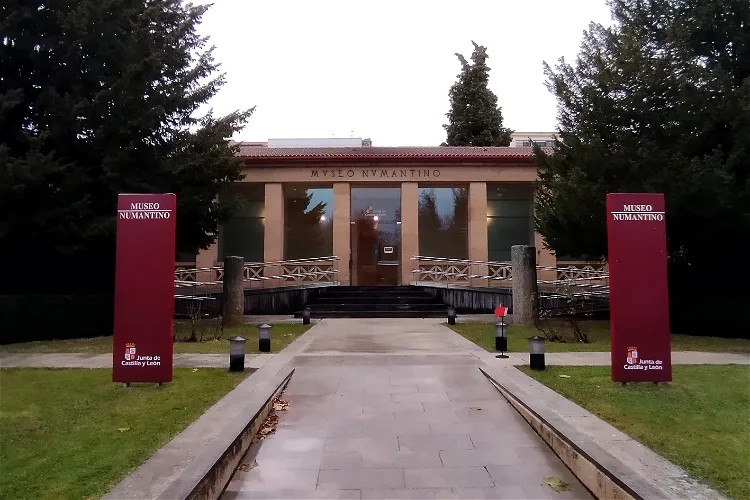
Numantine Museum of Soria
SoriaThe Numantine Museum of Soria is a significant cultural institution in Soria, Spain. It offers a comprehensive exploration of the prehistory and history of the province of Soria, presented through a rich collection of art and archaeological artifacts. The museum's focus on the region's past provides visitors with a deep understanding of the area's cultural and historical development.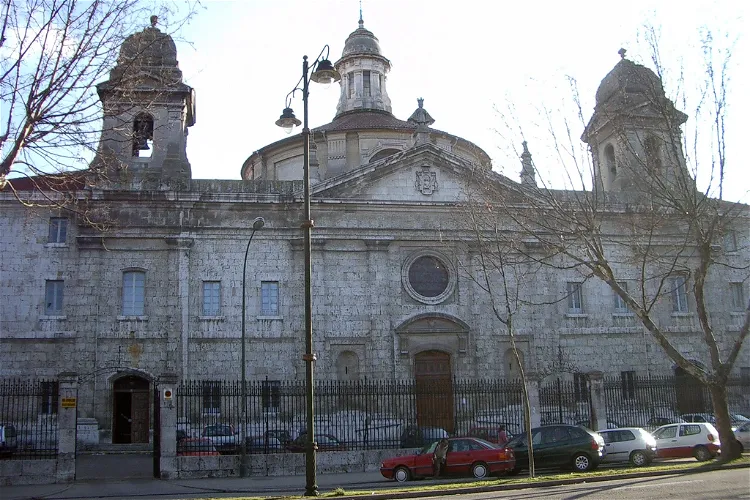
Oriental Museum
ValladolidThe Oriental Museum of Valladolid, situated within the convent of the Augustinians Filipinos in Valladolid, Spain, is recognized by some as the premier museum of its kind in the country. This museum offers a unique opportunity to explore a rich collection of Oriental art and artifacts, providing a deep insight into the cultures of the East.
Diocesan Museum
PalenciaThe Diocesan Museum of Palencia, inaugurated in 1973, is a museum dedicated to the custody and study of the sacred art of the diocese. It is located in the Episcopal Palace of the capital of Palencia, a significant historical site in itself.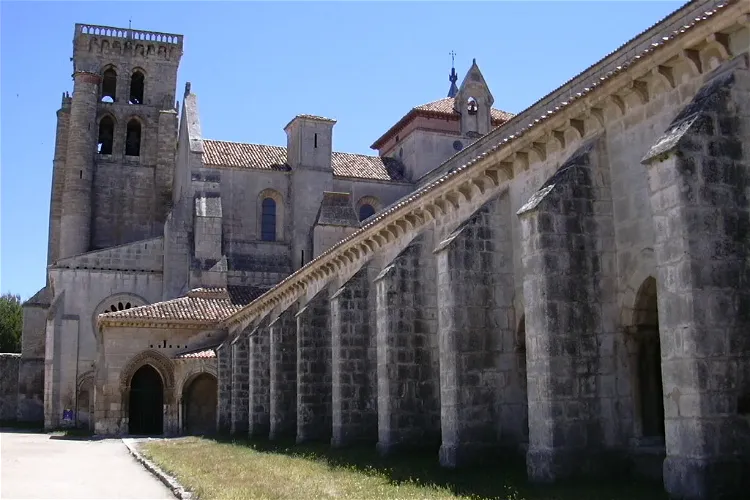
Museo de Telas Medievales
BurgosThe Museo de Telas Medievales, or the Museum of Medieval Textiles, is situated in the Monasterio de las Huelgas Reales in the city of Burgos, Spain. This location adds a historical and cultural significance to the museum, making it an interesting destination for tourists interested in medieval history and culture.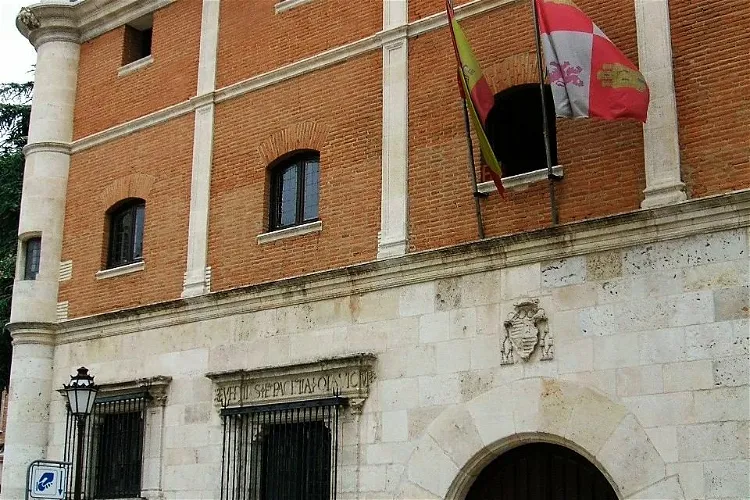
Burgos Museum
BurgosThe Museo de Burgos, previously known as the Museo Arqueológico Provincial, is situated in two neighboring 16th-century palaces, the Casa de Miranda and the Casa de Íñigo Angulo. These palaces form a block between Calle Calera and Calle Miranda in the Spanish city of Burgos. The museum's collections, which exclusively originate from the province of Burgos, showcase the historical and cultural evolution of the province.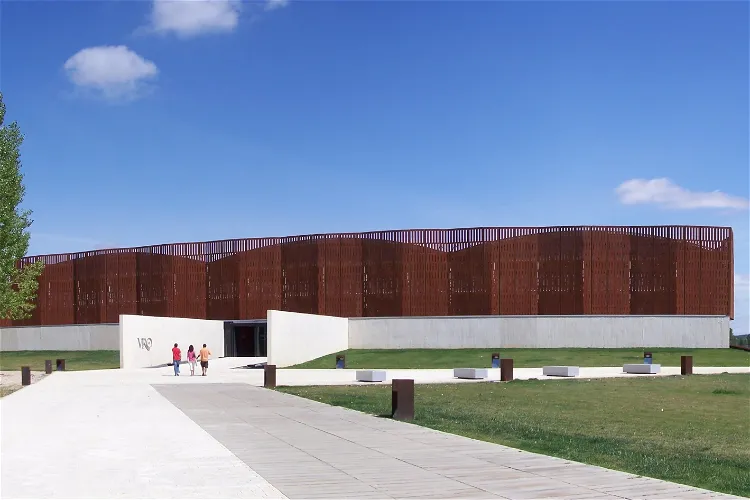
Roman Villa La Olmeda
Pedrosa de la VegaThe site of Roman Villa La Olmeda was declared a site of cultural interest on April 3, 1996. It spans two chronological phases: a villa from the 1st century, which was maintained until the end of the 3rd century, and the reconstruction of this villa in the 4th century, until it was destroyed and abandoned in the 6th century. This provides a fascinating insight into the evolution of Roman architecture and lifestyle over several centuries.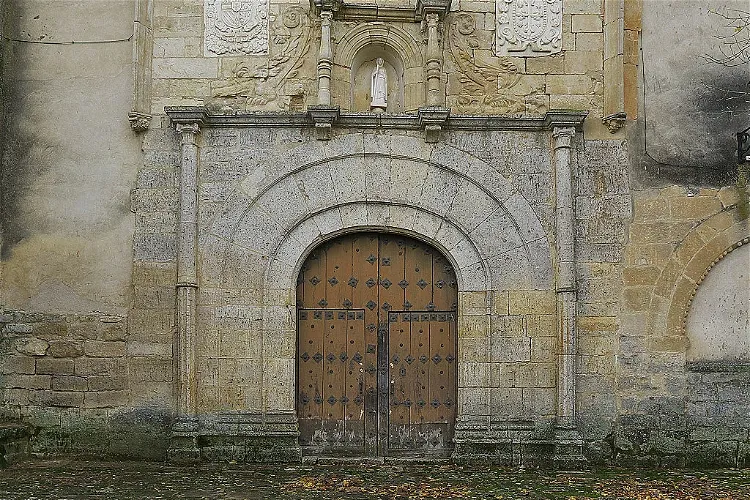
Monastery of Sancti Spiritus
ToroWithin the Monastery of Sancti Spiritus el Real, visitors can find the Museum of Sacred Art of Toro. This museum is home to a unique collection of polychrome sargas from the 16th century. These sargas depict scenes from the Passion, taken from large-scale Italo-Flemish prints. This collection provides a unique insight into the religious art of the period and is a must-see for any art enthusiasts or those interested in religious history.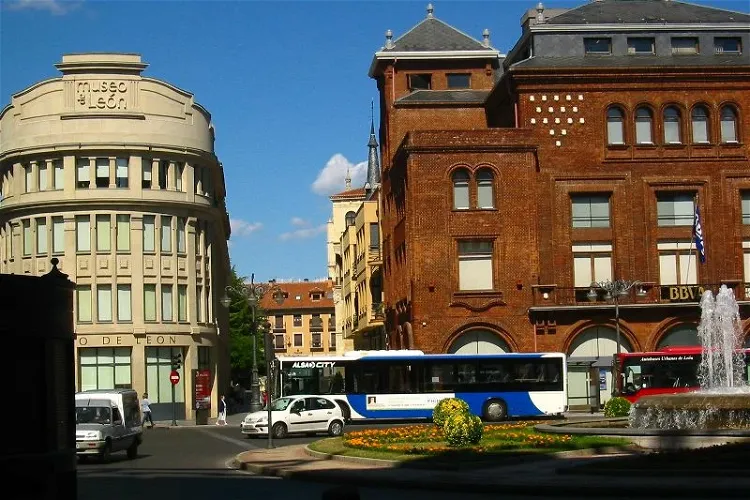
Museum of León
LeónThe Museum of León, situated in the Plaza de Santo Domingo in the city of León, Spain, holds the distinction of being the oldest museum in the province. Its primary focus is to narrate the history of the province through the lenses of Archaeology, Art, and Ethnography. This makes it a significant destination for those interested in these fields and the history of the region.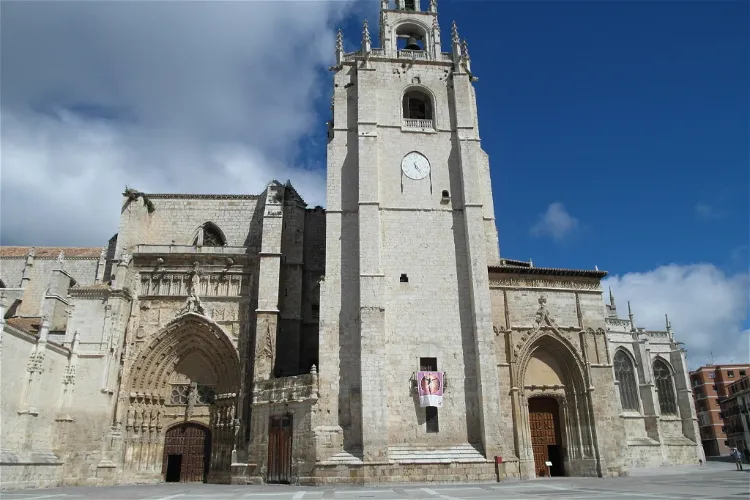
Palencia Cathedral
PalenciaThe Cathedral Basilica of Saint Antoninus, located in Palencia, Spain, is a Roman Catholic church dedicated to Saint Antoninus of Pamiers. This cathedral is a significant religious site and a remarkable example of Roman Catholic architecture.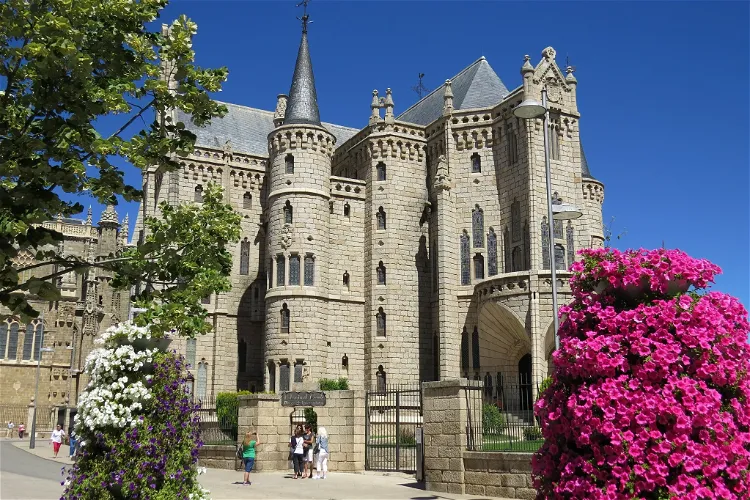
Museo de los Caminos
AstorgaThe Museo de los Caminos, located in the Episcopal Palace of Astorga in the province of León, Spain, is dedicated to the Camino de Santiago. This museum offers a deep dive into the history and significance of this famous pilgrimage route.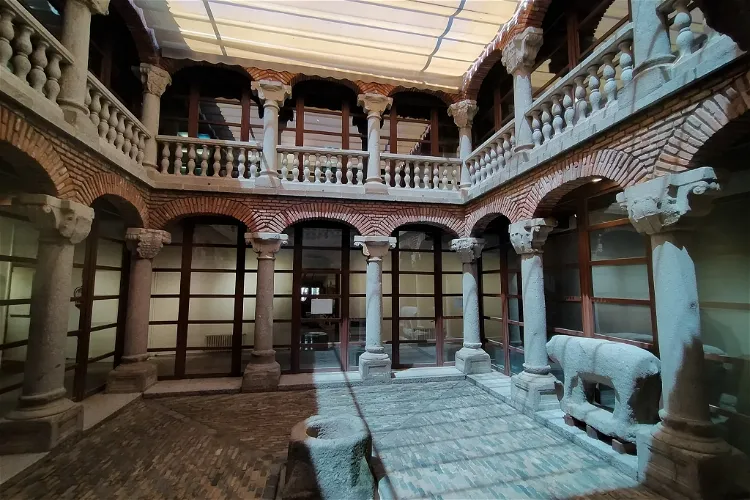
Avila Museum
ÁvilaThe Avila Museum has been under the management of the Junta de Castilla y León since 1987. It is home to a diverse collection of Archaeology and Fine Arts pieces, providing a glimpse into the rich cultural and historical heritage of the region. Additionally, the museum boasts a comprehensive ethnological catalog, offering insights into the local customs and traditions.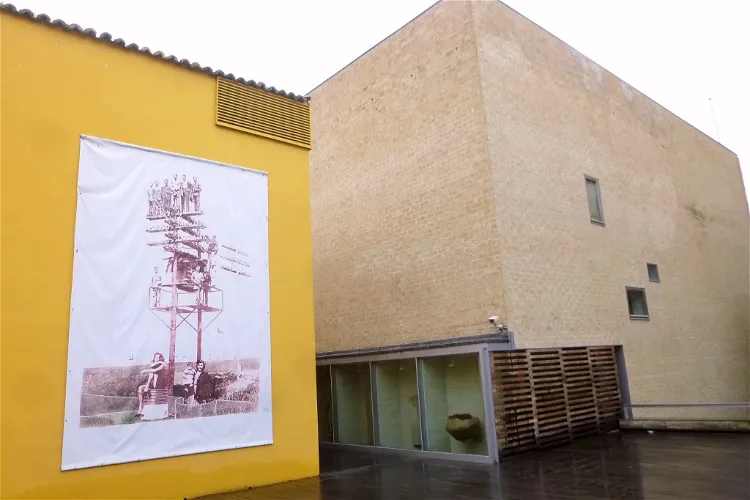
Zamora Museum
ZamoraThe Zamora Museum, a provincial museum, is situated in the Santa Lucía square in Zamora, Spain. This location is in a neighborhood known as Puebla del Valle during medieval times. The museum is a significant cultural institution in the region, offering a glimpse into the area's rich history and heritage.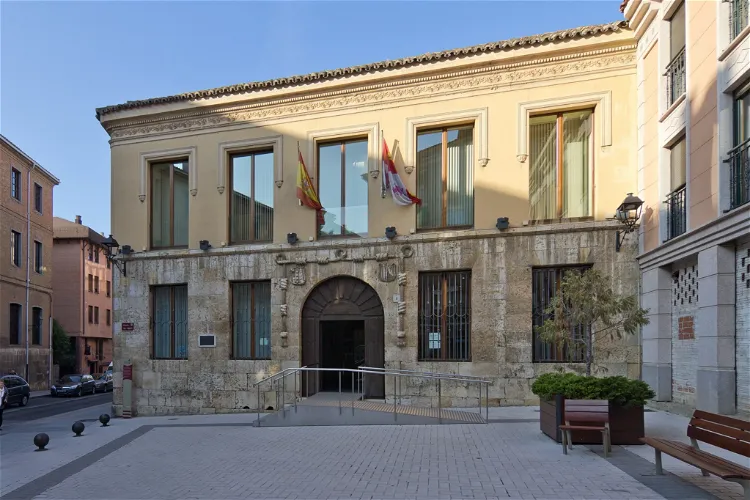
Archaeological Museum of Palencia
PalenciaThe Archaeological Museum of Palencia, situated in the Casa del Cordón, is a significant cultural institution in the city of Palencia, Spain. It boasts a diverse collection of artifacts from prehistoric, Roman, and medieval periods, all originating from the province of Palencia. The museum provides a unique opportunity to delve into the rich history and heritage of the region.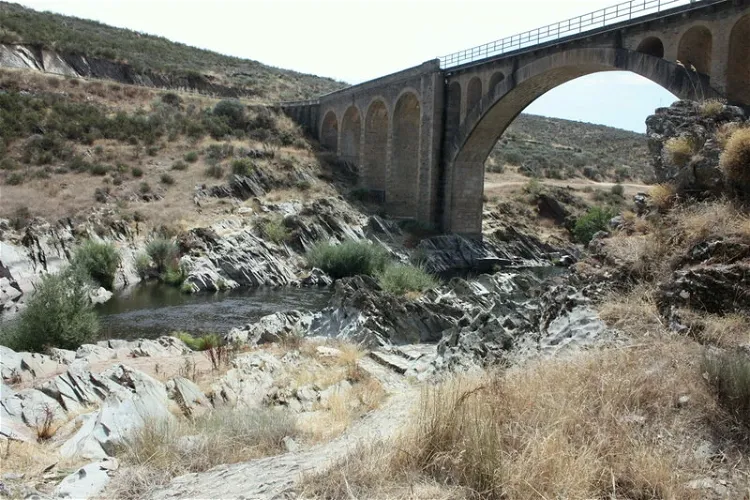
Siega Verde. Archaeological area
Villar de la YeguaThe Parque Arqueológico do Vale do Côa, inaugurated in 1996, is one of Portugal's most significant archaeological parks. It is located in the Guarda district in the northeast, with the nearest town being Vila Nova de Foz Côa, which has about 3,300 inhabitants.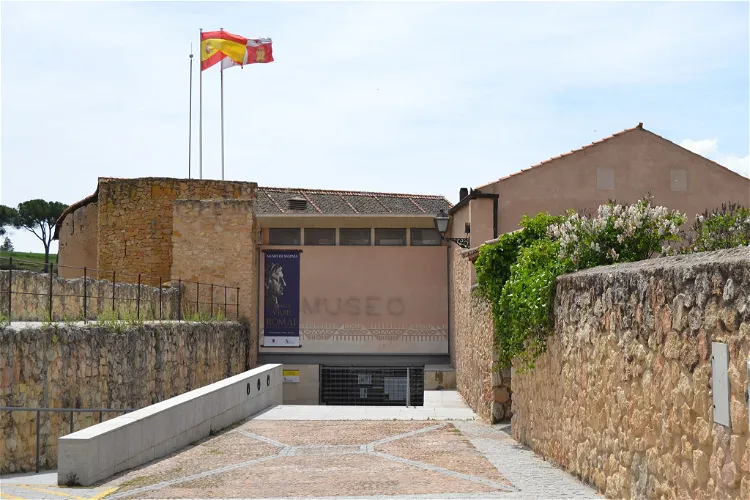
Museum of Segovia
SegoviaThe Museum of Segovia, located in the Casa del Sol in the capital of Segovia, is open from Tuesday to Saturday. The opening hours vary depending on the season. From October to June, the museum is open from 10 am to 2 pm and from 4 pm to 7 pm. During the summer months, from July to September, the museum is open from 5 pm to 8 pm.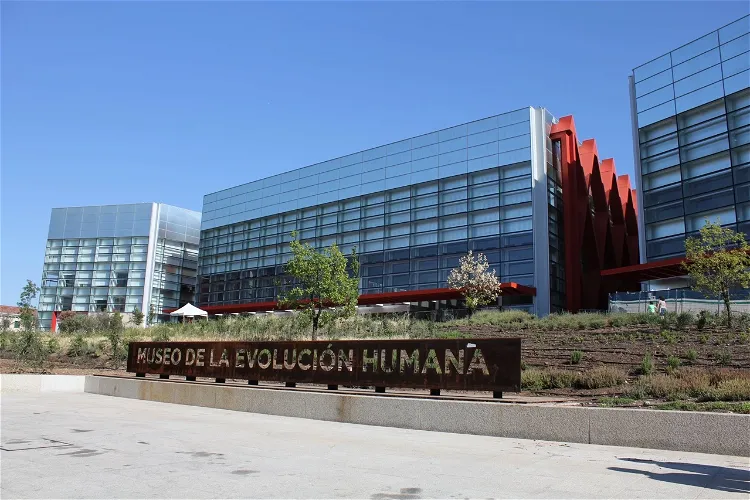
Museum of Human Evolution
ArlanzónThe Museum of Human Evolution is situated in the Spanish city of Burgos. It is located on the south bank of the river Arlanzón, providing a scenic location for visitors. The museum's location is easily accessible and offers a unique opportunity to explore the history of human evolution in a beautiful setting.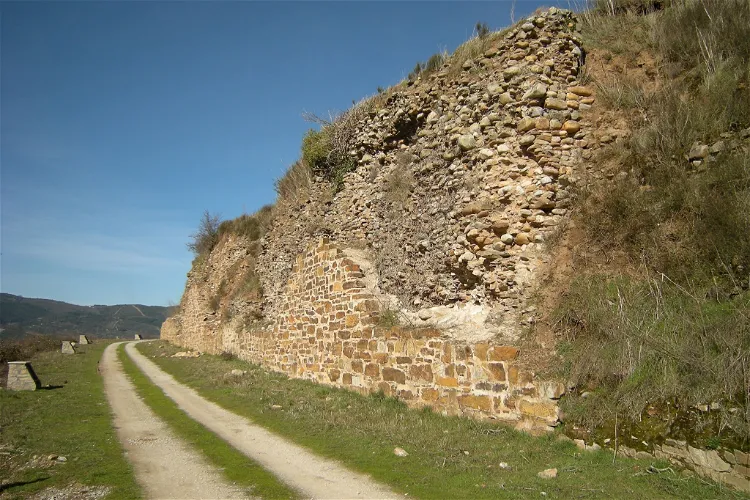
Museo Arqueológico de Cacabelos
CacabelosThe Museo Arqueológico de Cacabelos is conveniently located in the center of Cacabelos, aligning with the famous Camino de Santiago. The museum is situated on a street that is characterized by its Jacobean style, adding to the historical charm of the area. This location makes it an accessible and interesting stop for those walking the Camino de Santiago.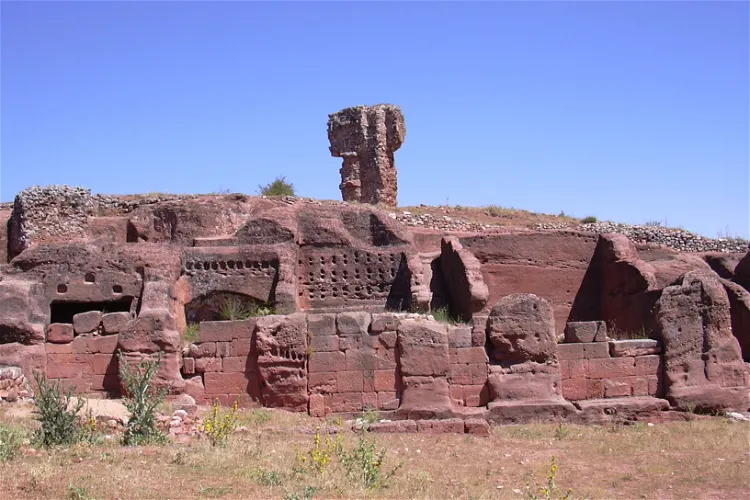
Museo Monográfico de Tiermes
Montejo de TiermesThe Museo Monográfico de Tiermes is a museum situated in Montejo de Tiermes, Soria, Spain. It forms part of the Yacimiento-Museo de Tiermes, a significant archaeological site. The museum is dedicated to collecting and displaying archaeological materials from the excavations of the Celtiberian, Roman, and medieval city ruins of Tiermes.
Museum of St Isidoro
LeónThe Museum of the Royal Collegiate of San Isidoro is situated within the Basilica of San Isidoro in León. This location provides a unique setting for the museum, combining historical architecture with a rich collection of artifacts.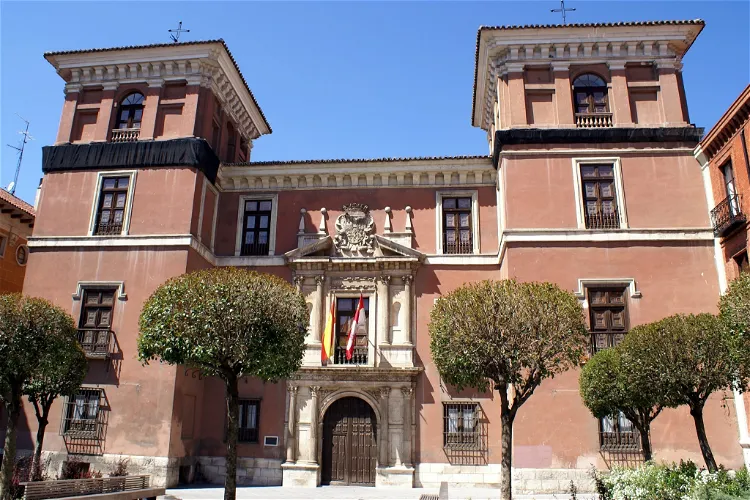
Fabio Nelli Palace
ValladolidThe Palacio de Fabio Nelli, located in Valladolid, Spain, is a significant Renaissance building. Historians and critics regard it as a prime example of the city's classical civil architecture. The palace's construction, which lasted for about twenty years, was influenced by the good relations between the sponsor, banker Fabio Nelli, and the architect Pedro of Mazuecos El Mozo. The palace's facade, playground, and stairs epitomize this type of architecture in Valladolid.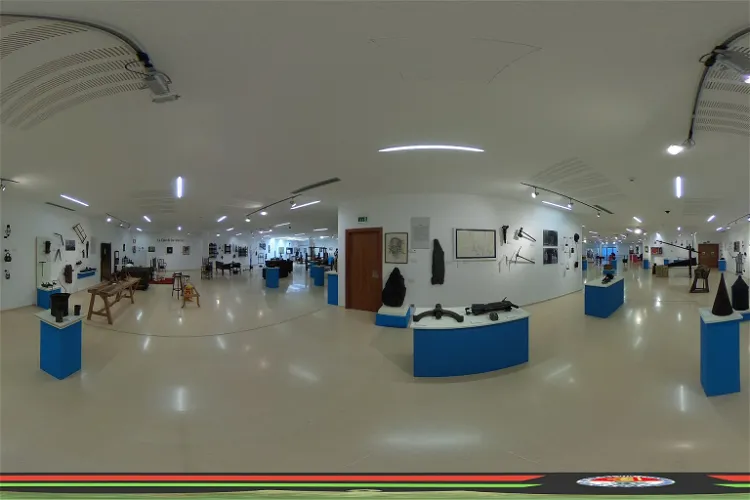
Alto Bierzo Museum
BembibreThe Alto Bierzo Museum, located in Bembibre, Castilla y León, Spain, was established on June 26, 1987. The museum's mission is to showcase the historical heritage of Alto Bierzo, including traditional customs, domestic and agricultural tasks, and various trades and crafts. It houses a wide range of materials, including archaeological, historical, and ethnographic items, all related to Alto Bierzo and its sphere of influence. The museum is dedicated to promoting the knowledge, study, and dissemination of these materials.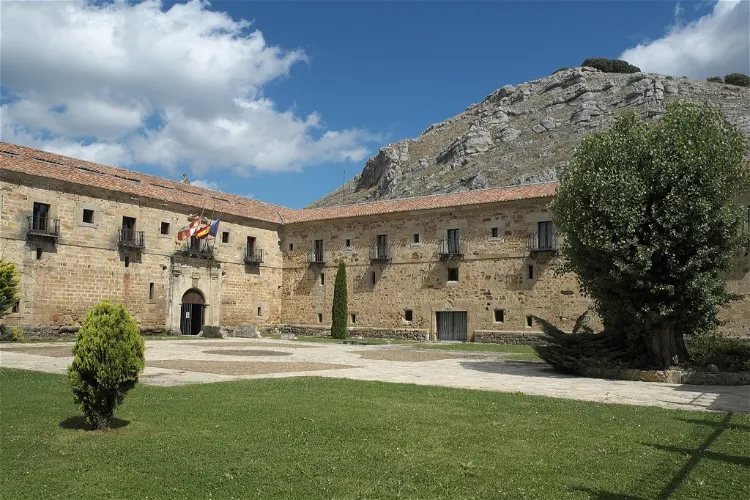
Monastery of Santa María la Real
Aguilar de CampooThe Monastery of Santa María la Real is located in Aguilar de Campoo, a municipality in the province of Palencia, within the Spanish Autonomous Community of Castile and León. This former Premonstratensian monastery was constructed at the end of the 12th and beginning of the 13th century, a period marking the transition from Romanesque to Gothic architecture.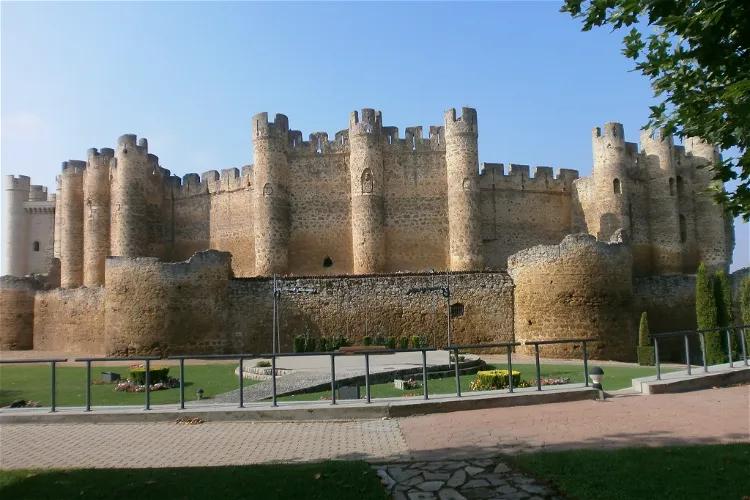
Museo del Castillo de Valencia de Don Juan
Valencia de Don JuanThe Castillo de Valencia de Don Juan is a historical building located in the town of Valencia de Don Juan, Spain. This town was previously known as Valencia de Campos and Coyanza. The castle is a significant example of Gothic-military architecture on the Iberian Peninsula.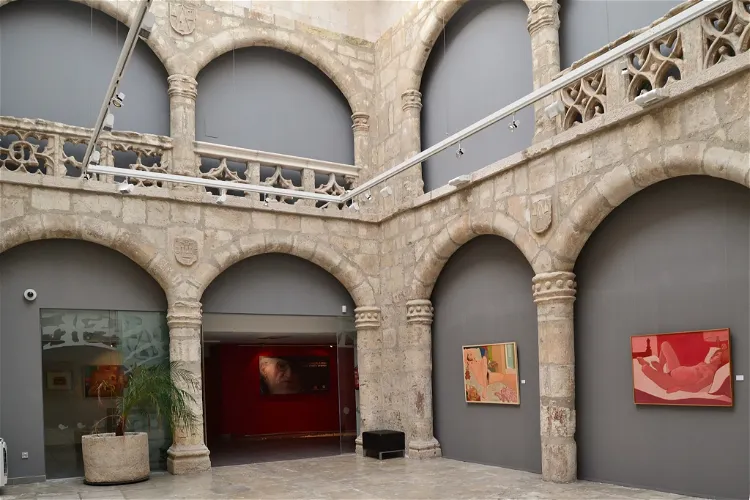
Museo Anatómico
ValladolidThe Museo de la Universidad de Valladolid (MUVa) is a museum located in Valladolid, in the autonomous community of Castilla y León, Spain. It is managed by the University of Valladolid and houses various collections of historical, artistic, and scientific value. The museum's official address is in the Palacio de Santa Cruz, the first Renaissance building constructed in Spain.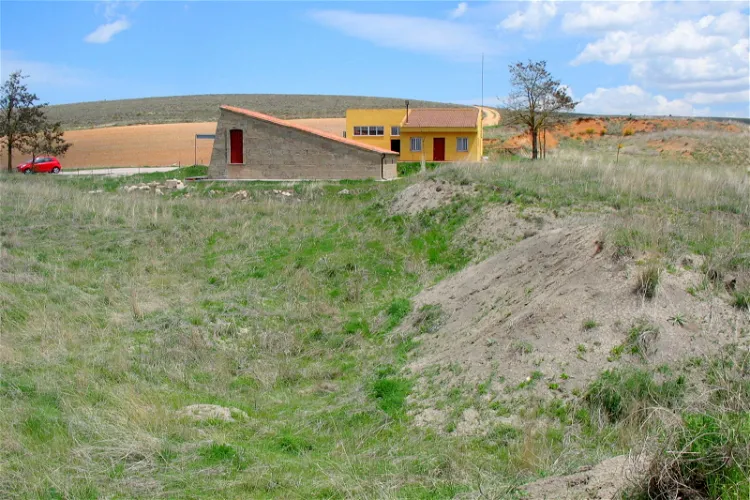
Torralba and Ambrona (archaeological site)
Miño de MedinaceliThe excavations at Torralba and Ambrona have revealed a rich collection of animal bones and prehistoric tools. The remains of about 50 elephants, deer, rhinoceros, wild horses, and other animals have been discovered. In addition to these, archaeologists have found a variety of stone tools made from flint and quartzite. Interestingly, fragments of conically pointed wooden rods have also been unearthed, some of which show signs of having been used as thrusting or throwing weapons.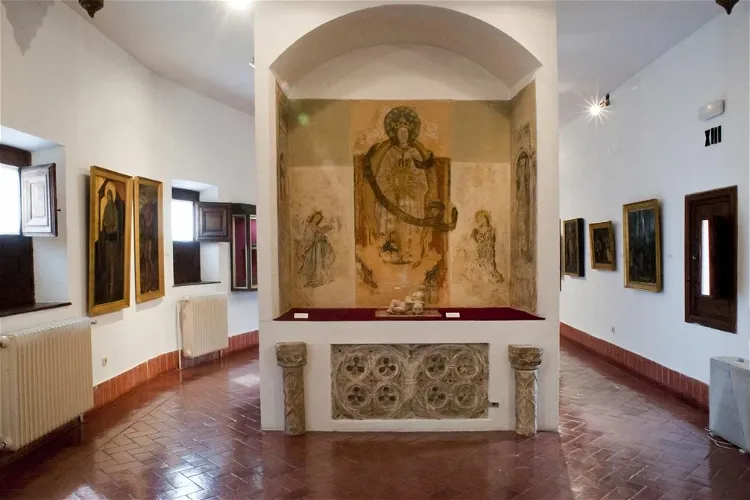
Museo Arqueológico de Valladolid
ValladolidThe Valladolid Museum, established in 1879, is housed in the Fabio Nelli Palace in Valladolid. This historic location has been the museum's home since the 1960s, providing a unique setting for the museum's extensive collections.